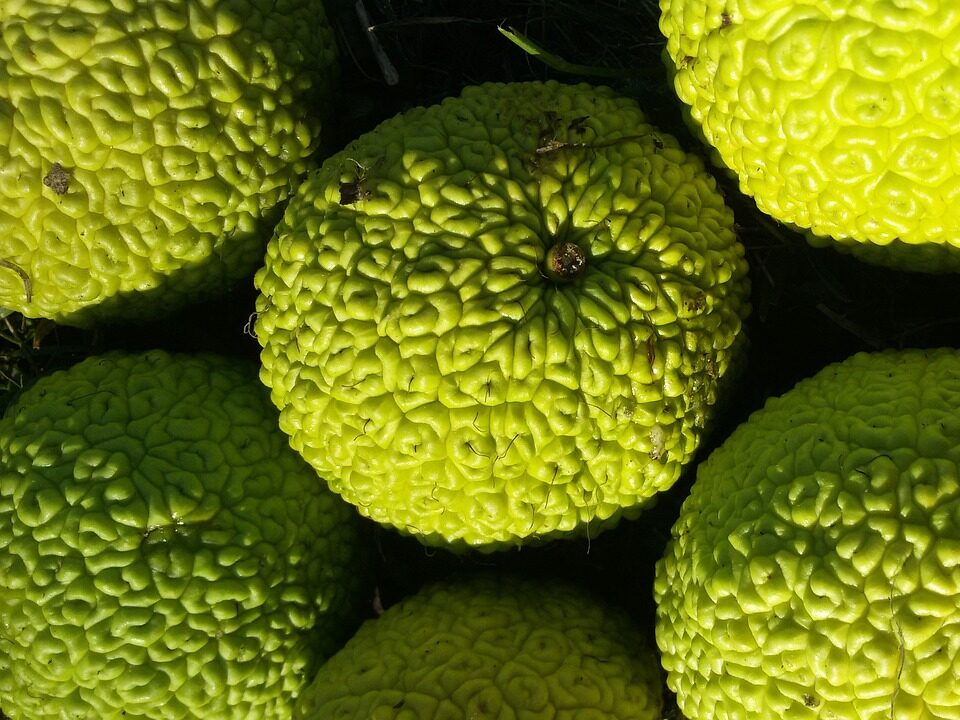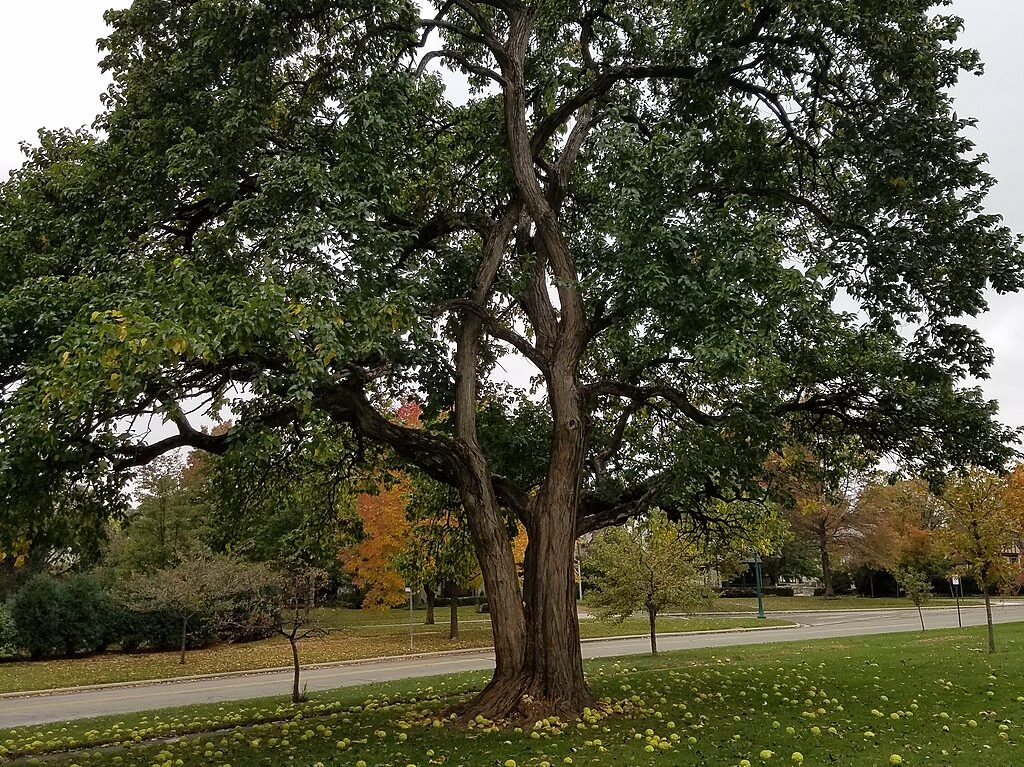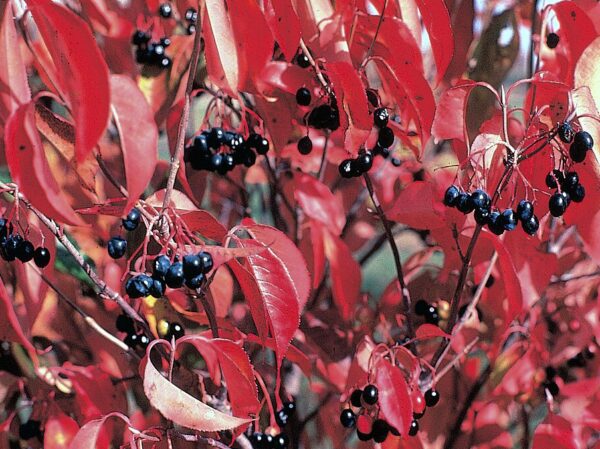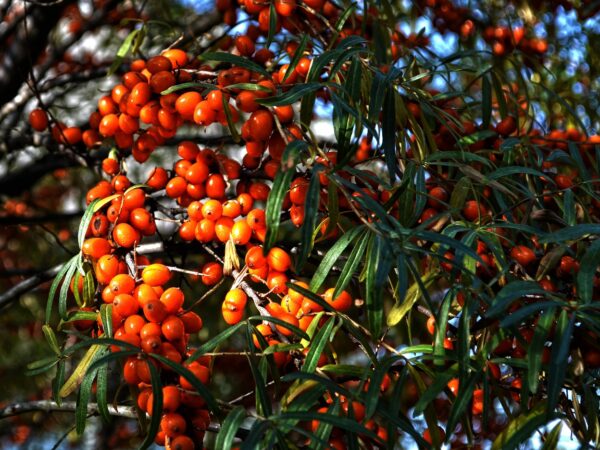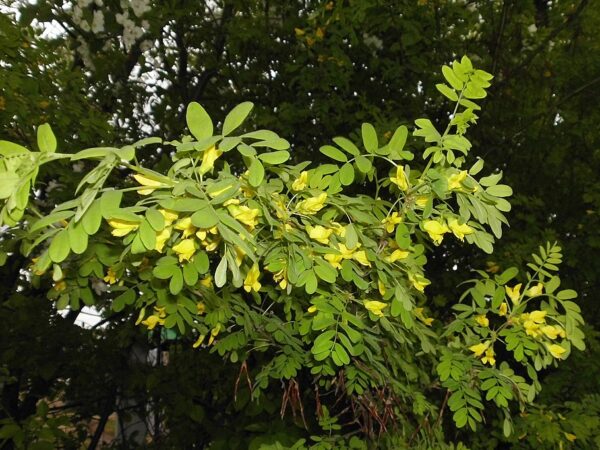Your cart is currently empty!
Additional Info
Nature Lesson – The Osage Orange:
These are how I learned about Coppice! (Osage Orange and Honey locust)
Cold stratifying seeds using the paper towel method:
Studies:
Service Life of Treated and Untreated Fence Posts: 1996 Post Farm Report (in which they found enamel painted steel warratahs to be inferior to untreated Osage Orange heartwood for soil contact (~40 years to failure vs 60+ years no failures)
Description
Osage orange/hedge/hedge apple/bodark/bois d’arc – this tree tells a tale. The giant fruit are technically edible but unpalatable and while the seeds may be worth eating, it’s too much work to get to them. Because nothing really prefers eating the fruit, the belief is it evolved to use now extinct megafauna (giant ground sloths and mastodons) as their primary dispersal method. Now that we’ve lost those things, seeds are rarely dispersed far enough away from the mother tree to aid in expanding it’s terrain. There’s an old wives tale that they’re poisonous to cattle, but, turns out, that a few cows have choked on the fruit.
While popular with some of the Indigenous American tribes for having extremely hard but still elastic wood great for making bows out of, the tree wasn’t largely used for anything else…until the American dust bowl. Maclura pomifera was chosen to be *THE* shrub/tree to combat erosion. Planted in the hundreds of millions to control erosion, in a very short time it became the most planted tree in the history of the US – it was a good choice, too…
As fencing it was second to none. It’s said to be the inspiration for barbed wire, it was well known that a hedge of laid Osage would grow “horse high, pig tight, and bull strong.”
Osage orange wood is hard. So hard, in fact, you’ve got to pre-drill holes before nailing into it. It’s so durable that fence posts made out of untreated Osage wood have been known to last 100 years.
It’s also fast growing – more than 1m/year when young and happy, and coppices well.
It burns *HOT* and long – burning just slightly cooler than Mānuka, it’s still ridiculously hot compared to other woods which means a little bit will get you a long way – especially for a tree that grows so fast. Once upon a time it was well known that you don’t overfill with Osage orange, else you’ll burn so hot you’ll warp your wood stove – an issue we are less likely to face today because of modern insulating firebricks.
If you’re looking to plant a firewood lot – Maclura pomifera will get you where you want to go.
The technical bits –
The tree grows 8-15 metres tall and thrives in full sun and well-drained soils but tolerates poor, dry, and exposed sites. It is extremely hardy (to -30°C), drought-tolerant, and forms a dense, thorny structure ideal for shelterbelts or livestock hedging.
Osage orange is dioecious (separate male and female trees), but that doesn’t actually matter since no one is planting for the fruit. Still, the female tree will produce fruit with no seed, even if unpollinated. If you’re worried for stock either plant it cautiously, or plan to coppice somewhere on an 8-10 year rotation – before they’re old enough to fruit.
Germination and Cold Stratification:
Seeds require 1–3 months of cold, moist stratification. Store in moist medium at 1–5°C, then sow into warm (20–25°C) conditions. Germination may take several weeks.
Outdoor Stratification Tip:
Seeds can be sown into pots or trays in autumn and left in a cool, rodent-proof area outdoors over winter. Cold exposure will help trigger germination in spring.
